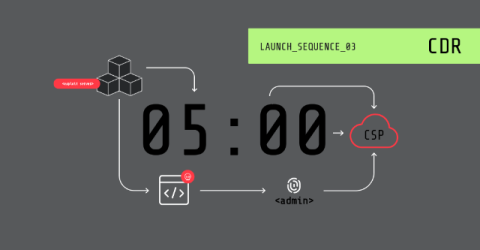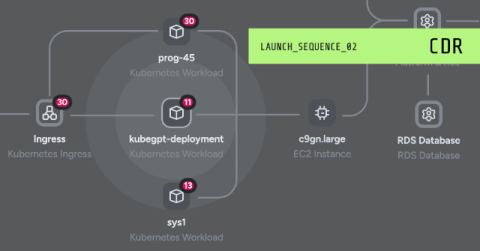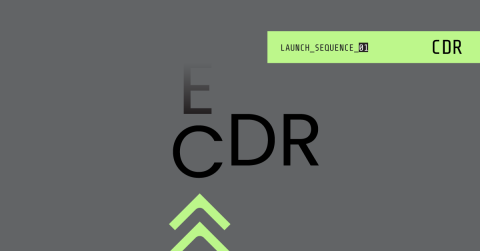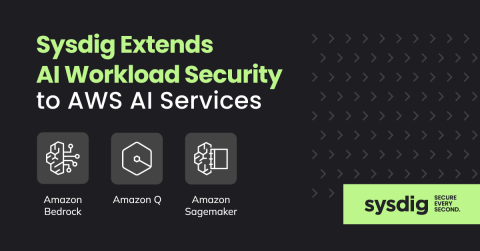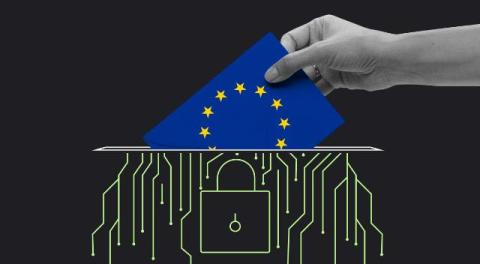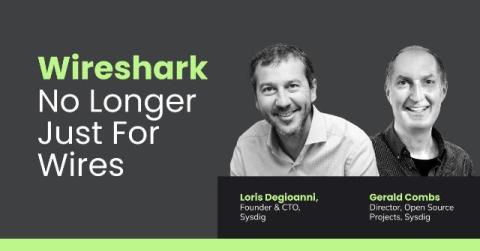NIST CSF 2.0 - SDLC for Continuous Improvement of Security
This is an analysis of the impacts and implications on cybersecurity practices, benefits, challenges, and how to deal with the transition to the new NIST CSF 2.0 framework. NIST released an update to its Cyber Security Framework (CSF) in February 2024. Two of the most obvious takeaways from this version are the addition of a new pillar and the expansion of its application beyond critical infrastructure.




